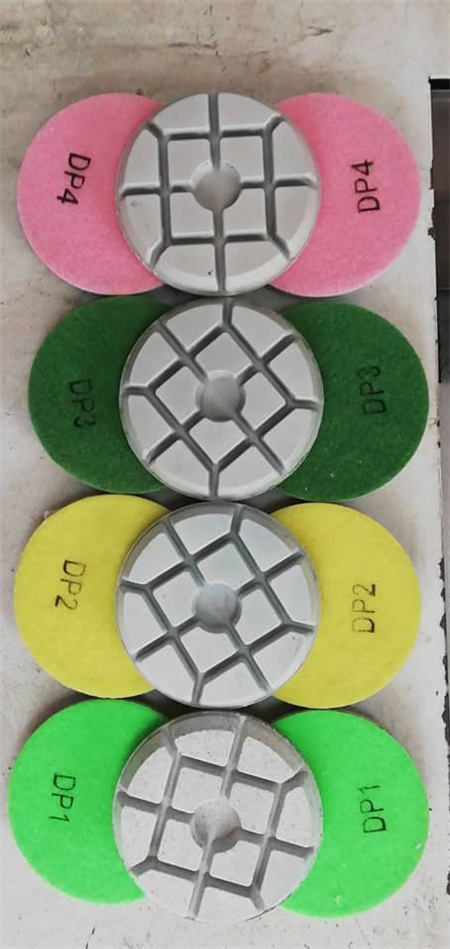Using Diamond Pads on Stone Containing Quartzite
When it comes to stone polishing, the type of material you’re working with can make all the difference in the results you achieve. Quartzite, known for its dense, tough structure and striking beauty, presents a unique challenge. If you’re looking to bring out the best in this natural stone, diamond pads are often the best choice. But why exactly are these pads so effective, and how can they be used to achieve a smooth, glossy finish?

Diamond pads are designed specifically for working on hard surfaces, and their construction makes them far superior to other abrasive tools. The diamonds embedded in these pads are incredibly durable, able to cut through even the toughest stones without degrading. When applied correctly, diamond pads can help bring out the natural sheen of quartzite, giving it a polished, almost glass-like surface.
The key to working with quartzite is understanding how to use diamond pads properly. Since quartzite is harder than many other stones, applying too much pressure or using the wrong grit pad can lead to damage. It’s important to start with the right pad for the job. For a stone like quartzite, you might want to begin with a coarser grit to remove any roughness or imperfections from the surface. Once you’ve evened out the stone, you can switch to finer grits to smooth out the texture and bring out a glossy finish.
A common mistake when using diamond pads on quartzite is assuming that more pressure will lead to faster results. In reality, it’s the abrasive action of the diamond particles that does the work, not the force you apply. In fact, pressing down too hard can cause unwanted scratches and even damage the stone. It’s much better to allow the diamond pad to work at its own pace, applying even, consistent pressure across the surface.
One of the main reasons diamond pads are so effective on quartzite is that they can maintain their cutting ability throughout the entire polishing process. Unlike other abrasive tools that may lose their effectiveness after some time, diamond pads continue to perform at a high level, allowing for a consistent finish from start to finish. This makes them ideal for stones like quartzite, which demand precision and consistency to bring out their full potential.
Another advantage of using diamond pads is their ability to work on both smooth and textured surfaces. Quartzite often has natural variations in texture, and sometimes those variations can become more pronounced over time. Diamond pads are great at smoothing out these irregularities, making the stone appear more uniform without compromising its natural beauty.
Once you’ve worked your way through the various grits, it’s time to finish with a polishing pad, which can help enhance the stone’s shine. These polishing pads, often made of finer diamond abrasives, will create that glossy, reflective surface that quartzite is known for. The process requires patience, as the fine details in the stone emerge more clearly with each step. But the results are well worth the effort.
The versatility of diamond pads doesn’t just make them a go-to tool for quartzite; they are also effective on a range of other hard stones, from granite to marble. However, their superior ability to handle tough materials like quartzite is what sets them apart in the world of stone polishing.

In conclusion, using diamond pads on quartzite is an effective way to ensure a long-lasting, polished finish. With their durability, versatility, and precision, diamond pads allow you to bring out the natural beauty of quartzite while overcoming its challenges. So, the next time you’re working with this tough, beautiful stone, remember that diamond pads are your best ally in achieving the perfect finish.